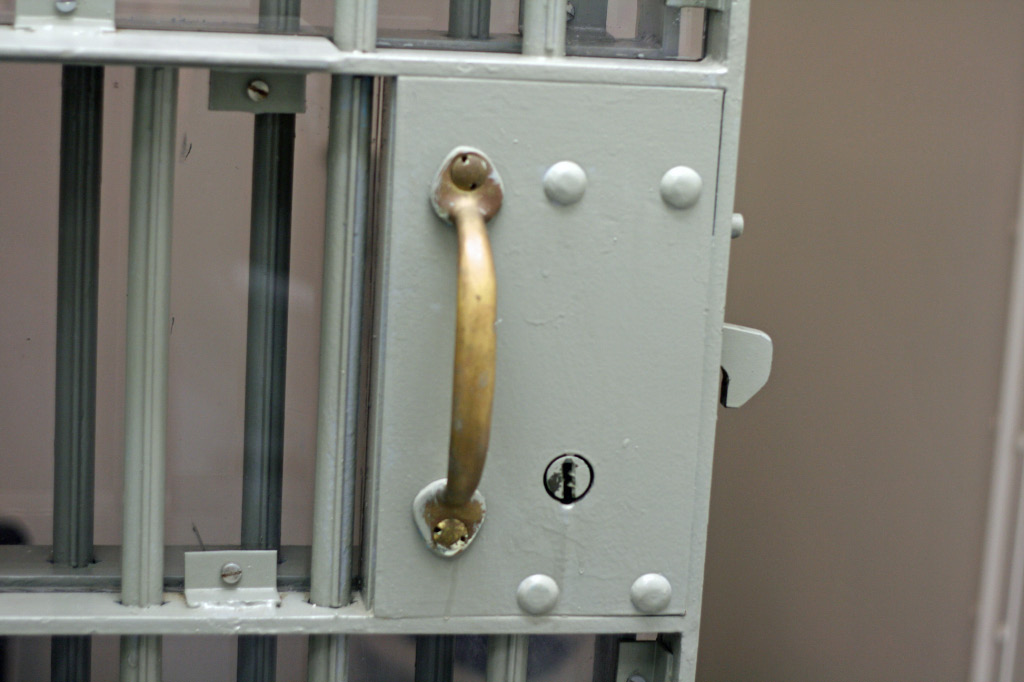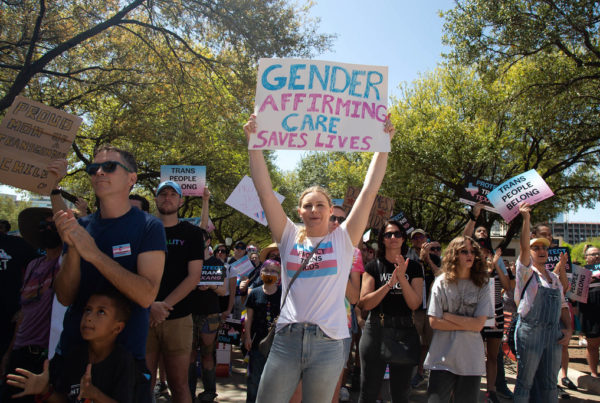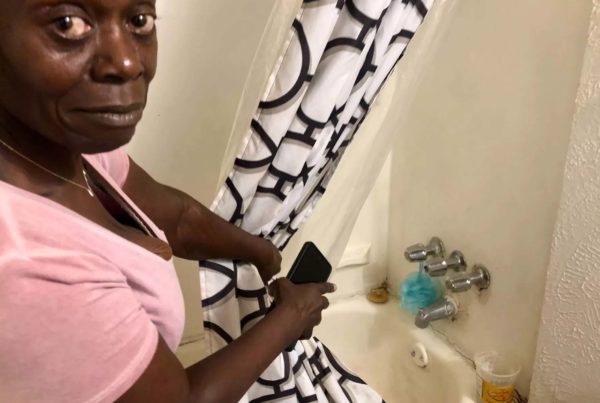Five years ago, Harris County changed the way it did bail for most misdemeanor offenses.
The county began letting those charged with low-level crimes out of pre-trial detention without having to post cash bail. Criminal justice reform advocates said that the move would keep people from spending long periods of time in lockup without having been convicted of a crime. Opponents of the move warned it could increase crime.
Now, new research from the University of Pennsylvania’s Quattrone Center for the Fair Administration of Justice indicates Harris County’s bail policies do not compromise public safety.
Paul Heaton, professor of law and academic director of the Quattron Center, spoke with the Standard’s Laura Rice about the study.
This transcript has been edited lightly for clarity:
Texas Standard: This study looked at Harris County’s bail reform specifically – but these reforms, I understand, are happening in jurisdictions all over the country. So what is it about Harris County’s situation that interested you?
Paul Heaton: Well, Harris County enacted its reform back in 2017. It started with a federal injunction and then was later memorialized in a consent decree. So it was one of the early movers in this space. And obviously, Harris County is a larger and a prominent county, so it’s one that a lot of bail reformers have been looking to as an example for the sort of reforms that might be feasible in their communities.
Before we get into the findings of your research, can you give us a quick refresher about how cash bail works and what Harris County changed about its system when it undertook these reforms?
Well, it’s worth recognizing that the reforms are focused particularly on people who are charged with misdemeanors. And under the old system, the vast majority of criminal defendants were still releasable – but what would happen is, when you came through with your initial hearing, there was a bail schedule. And so a magistrate would set cash bail at an amount, typically between $500 and $5,000. So if you had that money, fine, you could pay the money and we’d let you go. But obviously, for people who are poor and don’t have quick access to cash or couldn’t pay, they would remain detained.
So the reform essentially went from that cash-based system and said, well, hey, you know, if people don’t have the ability to pay, we can go ahead and release them anyway. So they actually still had unsecured bail. So it’s not as though there wasn’t a potential financial penalty if they didn’t show up for court. But just rather than making people pay up front – and as a result, detaining what turned out to be thousands of additional people – we’re just going to go ahead and release them.
What exactly were you looking at in your study, and how did you conduct your research?
Well, we were able to get access to administrative records from within the county that tracked tens of thousands of defendants. We focused on the period around the time when the reform was first initiated in 2017, although we have data that goes up through 2022 so we can track people who had their hearings back then and see whether or not they come back through the system.
And so we’re interested in understanding there is this shock to the system: All of a sudden, people who we would have previously detained, we’re releasing them. What are the implications of that? Does that affect whether they get convicted? As you noted, a lot of people have claimed that, well, hey, if you release people pretrial, they’re going to go commit more clients, and so that’s going to threaten public safety. So we looked empirically, is there evidence that once we released these thousands of additional people that they went on to commit more crimes?
So ultimately, what did you find?
We found that the reform was quite successful. It reduced the likelihood that people were convicted; it reduced guilty pleas, which in these misdemeanor cases, I think, can often reflect situations where people are pleading guilty not because they think they’re guilty, but they just want to go home. Sentence lengths fell.
But there was no evidence to suggest that there was an increase in crime as a result of liberalizing pretrial release. If anything, the evidence seems to suggest the opposite. Our preferred estimates indicate that if you look out three years past the initial case, people are actually about 6% less likely to have new cases filed against them.
You mentioned Harris County was one of the first jurisdictions to undertake this kind of reform and one of the early largest. So are there lessons here for other jurisdictions, or would it be extrapolating to try to apply what you found in Harris County elsewhere?
I guess one takeaway from this research is that we can have some comfort that it’s possible to implement these sort of reforms and do it in a way that doesn’t create problems in terms of lack of accountability or problems with additional crime. So I think it’s an encouraging story. I think, for jurisdictions that are considering expanding pretrial release, particularly for these low-level cases, the experience of Harris County should give them some comfort that if that’s done in a sensible way, it can achieve goals that people from, you know, kind of across the ideological spectrum have supported.














